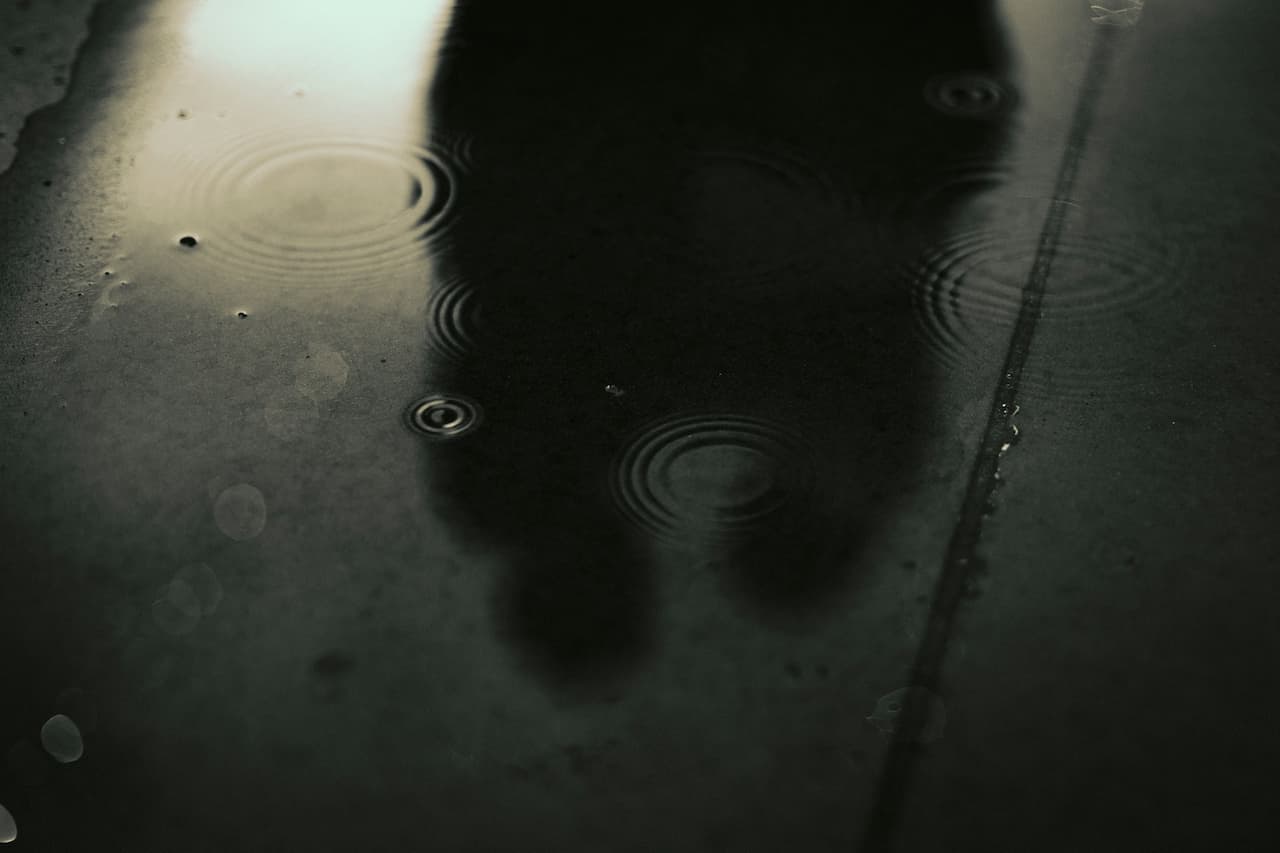What to Do if You Notice Water Pooling on Your Driveway?
October 20, 2025 Driveways 5 min read

With the UK’s famously wet weather, a few puddles on your driveway after a downpour might not seem like a major cause for concern. However, persistent standing water is more than just an inconvenience and it’s often a clear sign of an underlying problem. Ignoring these pools can lead to costly damage, safety hazards, and an unsightly appearance for your property.
This guide explains why water pooling happens, the risks it poses, and what steps you can take to resolve it.
Why is Water Pooling on My Driveway?
Water should flow away from your property efficiently. If it’s collecting in pools, one or more of the following issues are likely the cause:
- Poor Drainage or Incorrect Gradient: The most common reason for pooling water is an improper slope, or ‘fall’. A professionally laid driveway is designed to gently channel rainwater towards a street drain, a soakaway, or a specially installed drainage channel. If the gradient is insufficient or slopes the wrong way, water has nowhere to go.
- Compaction and Subsidence: Over time, the ground beneath your driveway can shift and settle. If the sub-base wasn’t adequately compacted during installation, vehicle weight and weather can cause depressions and low spots to form, creating perfect basins for puddles.
- Blocked Drains: Your driveway may have a perfectly good drainage system, but it’s easily compromised. Leaves, silt, moss, and other garden debris can quickly clog channel drains and gullies, preventing water from escaping.
- Surface Deterioration: All driveway surfaces degrade over time. Tarmac can develop cracks and potholes, concrete can fracture, and the jointing sand between block paving can wash away, causing pavers to sink. Each of these issues creates an uneven surface where water will gather.
Why is Pooling Water a Problem?
Standing water is an active threat to the structural integrity and safety of your driveway.
- Damage to Tarmac: Water seeps into small cracks in the tarmac surface. In winter, this trapped water freezes and expands (a process known as ‘frost heave’) which forces the cracks to widen. This cycle can rapidly turn minor flaws into potholes, destroying the smooth surface.
- Damage to Block Paving: For block-paved driveways, standing water saturates and erodes the essential jointing sand between the blocks. This causes the pavers to shift, become loose, and sink, leading to an unstable and hazardous surface. It can also compromise the sub-base, causing widespread sinking.
- Damage to Concrete: Like tarmac, concrete is vulnerable to freeze-thaw damage. Water penetrates the porous surface and any existing cracks, leading to spalling (flaking) and chipping when it freezes, weakening the entire slab.
- Safety Hazards: Puddles create a slip risk, which is made worse by the moss and algae that thrive in damp conditions. In the colder months, these puddles can freeze over, turning your driveway into a dangerous ice rink.
- Foundation Risks: If water consistently pools near your home, it can saturate the ground next to your foundations, which over the long term, could lead to more serious structural issues.
How to Fix Pooling Water on Your Driveway
Your course of action depends on the severity of the problem.
DIY Checks and Minor Fixes
Before calling in the experts, there are a few things you can check yourself:
- Inspect and Clear Drains: This is the easiest first step. Put on some gloves and check any channel drains or gullies on or around your drive. Use a trowel or your hands to scoop out any compacted leaves, mud, and debris. A stiff brush and a hose can help finish the job.
- Regular Sweeping: Keep your driveway surface clear of leaves and dirt. This simple preventative maintenance stops debris from washing into your drains and causing blockages.
When to Call a Professional
If clearing the drains doesn’t solve the problem, or if you notice any of the following, it’s time to seek professional advice:
- Large Dips or Sunken Areas: Significant depressions are a clear sign of sub-base failure. A simple patch-up won’t fix this; the area needs to be professionally excavated and rebuilt to provide a lasting solution.
- The Driveway Slopes Incorrectly: If water is pooling because the entire driveway slopes towards your home or garage, this is a fundamental installation flaw. The only effective long-term solution is to have the area professionally resurfaced with the correct gradient.
- No Existing Drainage: If your driveway simply has nowhere for water to go, a professional surfacing company can assess and install an appropriate drainage system, such as a new channel drain or a soakaway, ensuring it complies with local regulations (SuDS).
Protect Your Property with Expert Advice
Ignoring pooling water on your driveway will only lead to bigger, more expensive problems down the line. If you’ve cleared your drains and the puddles persist, it’s a sign that you need an expert assessment.
Our experienced team can diagnose the root cause of your drainage issues and recommend the most effective, long-lasting solution. Whether it’s a targeted repair, a new drainage installation, or a complete resurfacing, we’re here to help. Contact us today for a no-obligation quote and protect your driveway for years to come.
Get a free quote
Call us on 020 3808 8086 or fill in the short form below.
"*" indicates required fields